This conference remit describes an innovative approach developed to analyse cycle route network concepts. The remit is based on a study undertaken for the Auckland Regional Transport Authority (ARTA).
The remit covers how to use demographic data (population, education and employment) in a GIS environment to identify which network of potential cycle routes will be most effective in increasing the number of cyclists in Auckland.
The approach takes into consideration the "coherence" and "directness" (after CROW) of routes and accidents to determine the preferred cycle route network concept. It also looks at the relationship between infrastructure provision and cycling activity, forecasting cycling demand, network planning approaches and a new evaluation mechanism to score cycling concepts and routes.

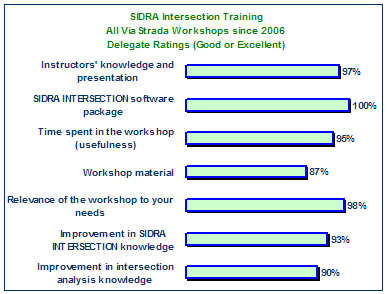 ViaStrada staff are the only authorised agents for delivering SIDRA INTERSECTION training courses in NZ. The courses run by the software developer
ViaStrada staff are the only authorised agents for delivering SIDRA INTERSECTION training courses in NZ. The courses run by the software developer 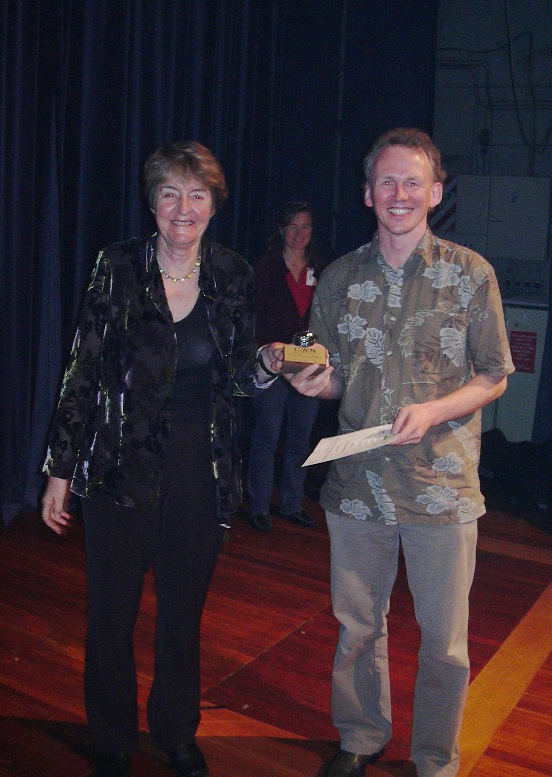
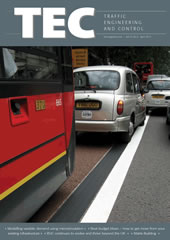 As part of a drive by the ‘Signals New Zealand User Group’ (SNUG) to achieve better consistency with the design and operation of traffic signals throughout the country, Transfund (now part of Land Transport NZ) funded the development of a signal audit methodology, where safety and efficiency of traffic signals are examined. Using this methodology a sample of 123 signal installations, in the area covered by nine TLAs, were audited by April 2004. The survey identified elements which can compromise safety and/or efficiency. As a result a booklet has been produced, which aims to contribute to safer and more efficient installation and operation of traffic signals in New Zealand.
As part of a drive by the ‘Signals New Zealand User Group’ (SNUG) to achieve better consistency with the design and operation of traffic signals throughout the country, Transfund (now part of Land Transport NZ) funded the development of a signal audit methodology, where safety and efficiency of traffic signals are examined. Using this methodology a sample of 123 signal installations, in the area covered by nine TLAs, were audited by April 2004. The survey identified elements which can compromise safety and/or efficiency. As a result a booklet has been produced, which aims to contribute to safer and more efficient installation and operation of traffic signals in New Zealand.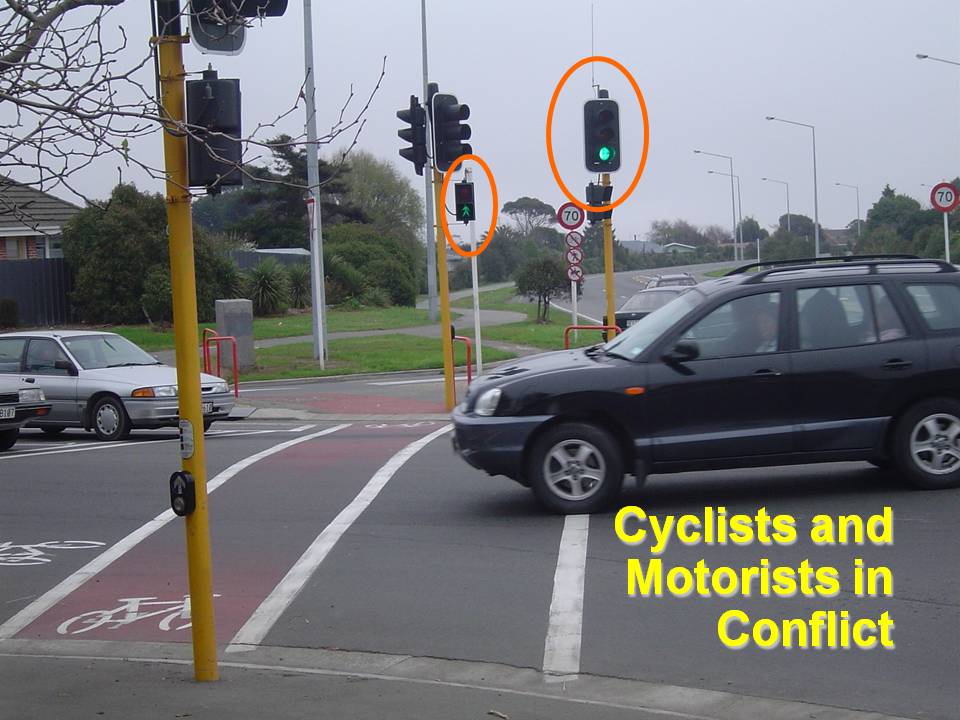 This remit was given to the Signals NZ User Group (SNUG) at the 2005 annual meeting in Christchurch. It draws the following conclusions:
This remit was given to the Signals NZ User Group (SNUG) at the 2005 annual meeting in Christchurch. It draws the following conclusions: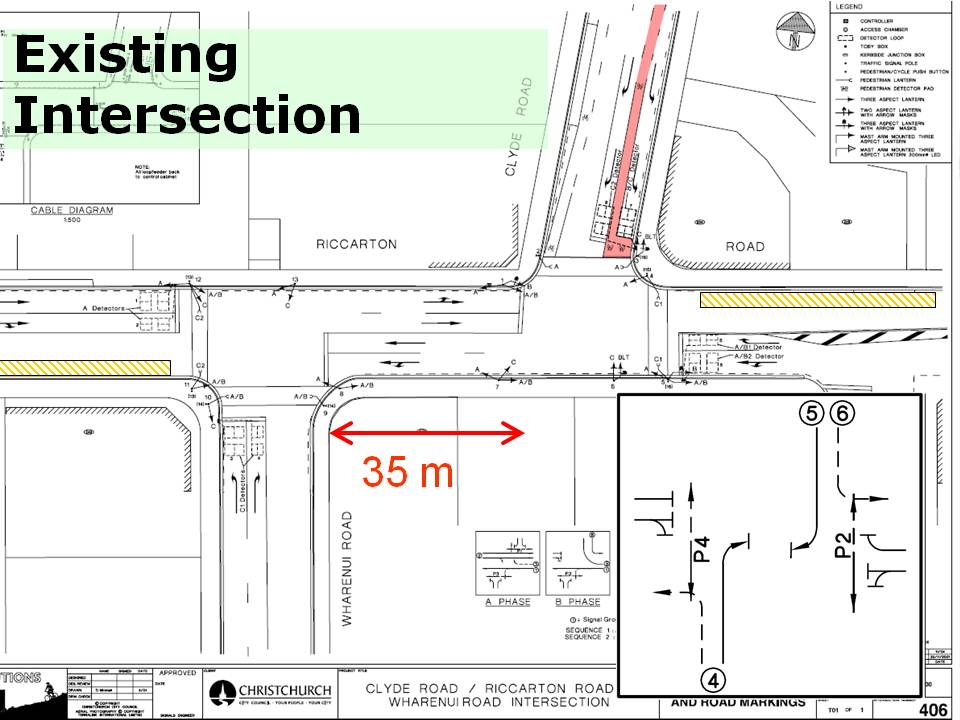 The given problem is a signalised staggered T intersection that is congested. The queue space between adjacent T intersections is filling up. There are also significant queues on the side streets. The recommendations are that modelling software should be used that is appropriate for the task, and the engineer needs to be aware of the limitations of the different software packages.
The given problem is a signalised staggered T intersection that is congested. The queue space between adjacent T intersections is filling up. There are also significant queues on the side streets. The recommendations are that modelling software should be used that is appropriate for the task, and the engineer needs to be aware of the limitations of the different software packages.